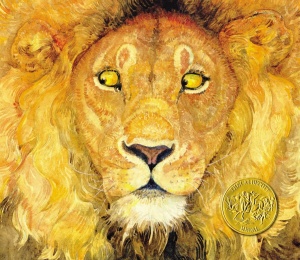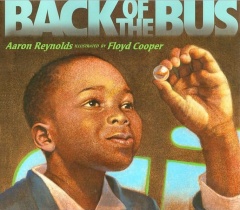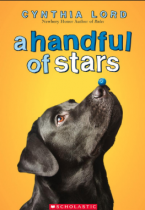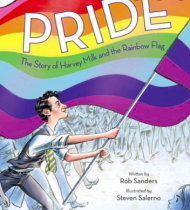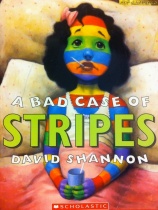Evaluation
I loved how Pinkney emphasized the size difference between the lion and the mouse. In the first couple of pages the lion’s body and mane cover two pages while the mice and her family cover only a small corner of the book. The illustrations are set in Tanzania and Kenya with a wide horizon and vivacious wildlife. Somehow, Pinkney is able to allow the characters to speak through their facial expressions. When the lion is running after the mouse his face is angry and we can see his teeth and his claws. The mice look panic-stricken, their eyes wide with fear. Later, when the lion is trapped inside a net, his body is shriveled into a fetal position signifying weakness. Even the bravest animals of the forest can feel helpless at times. The mouse now has a very sturdy posture as he bravely walks over to the net and tears the rope showing his teeth. Suddenly, a small mouse becomes a fierce leader battling to set the lion free. The animals learn to respect one another though they exhibit different strengths and weaknesses. Size is not an indication of power, intelligence or bravery. Rather, one’s character is the determining factor.
An interesting opening activity for younger students to partake in is to ask the children who they think will be more powerful in this story. Will it be the mouse or will it be the lion? Why do they think this? An important theme within this fable is that “good things come in small packages.” The teacher may ask the students what changes they can make to better the world even though they are still small. This would be an excellent book to use as a precursor for a service project that requires the students to help plan an activity just like an adult.
Another prevalent theme within this picture book is the importance of stopping to help someone in need. The teacher may design a journal activity where the students are asked the question, “What do you do to help your family around the house?” The children may be required to write two or three sentences and illustrate their response to then be put into a class book later. Lastly, the teacher may have the students create their very own lion and mouse puppet. The children can work with their partner in recreating the story using their puppets.
